1. INTRODUCTION
Dioxin is arguably the most toxic chemical currently known in science. In the preliminary report of the US Environmental Protection Agency (EPA) in 1994, dioxin was described as a dangerous agent to public health. According to the EPA, there appears to be no level of dioxin exposure that is considered safe.
In addition to the Vietnam War, dioxins in Agent Orange caused ecological disasters in Seveso (Italy), and Times Beach (Missouri), Love Canal (New York), But the most severe and long-lasting contamination. especially in South Vietnam, where Agent Orange was sprayed by the US for 10 years.
Dioxin compounds are very stable, so they are able to exist in the food chain with a half-life of 7-9 years in the human body. This result was given in the study of Pirkle et al. in 1989 on the evaluation of the half-life of dioxin in the body of American veterans who participated in the campaign to spray Agent Orange over South Vietnam. Nam (Operation Ranch Hand). In 1997, the International Organization for Research on Cancer (IARC) [1] classified dioxin compounds as human carcinogens (Group 1) on the basis of animal studies as well as explore the mechanism of damage of this compound to cells. However, epidemiological data on the carcinogenic potential of this compound in humans still have certain limitations.
2. RESEARCHES AROUND THE WORLD ON DIOXINS AND CANCER
The latest publication of IARC published in 2012 [2] in addition to the addition of dioxin compounds with carcinogenic potential and research data showing that dioxin causes cancer in laboratory animals with the same mechanism This publication also lists, synthesizes quite comprehensively the epidemiological studies on the link between dioxins and cancer development in humans. These are epidemiological studies in the US, Germany, France, Italy, Australia, New Zealand and multinational studies with many cohort studies, case-control studies on very large numbers of participants. The causes of the effects of dioxins studied are mainly occupational exposure to dioxins or environmental pollution incidents. Studies on the effects of Agent Orange that the US sprayed on Vietnam were also mentioned. In particular, research by Kahn (1988), Scherter (1990), Michalek (1995) showed that dioxin concentrations remained in the adipose tissue of American veterans who participated in the Vietnam War after many years. 600 times higher than normal (600 ppt vs 1-2 ppt) [3,4]. Dioxin is found after 30-40 years in soil or sediments in areas sprayed with Agent Orange in Vietnam at concentrations up to 1 million ppt. Besides, dioxin levels also increased in the body of Vietnamese people as well as in food and wildlife in these contaminated areas. The highest dioxin concentration recorded in a fisherman at the lake in the Da Nang airbase, was over 1000 ppt [5].
Additional information in the 2012 edition of the International Organization for Research on Cancer shows that the dangers of dioxins are of great interest to many researchers as well as national governments around the world, especially in developing countries. On the basis of the aggregated information and listing of these epidemiological studies, in 2016, Jinming Xu et al. [6] conducted a meta-analysis to synthesize the studies systematically. Science to demonstrate a link between dioxins and cancer incidence and mortality in humans. 31 studies with 29,605 cancer cases in a total of 3,478,748 participants were included in meta-analysis. Use the risk ratio RR (or OR) and the standardized incidence rate SMR (or SIR) to assess the association between dioxins and cancer (Table 1). Research results show that cancer mortality is related to increased levels of contaminated dioxin (SMR=1.09, 95%, CI:1.01-1.19, p=0.04). (Figure 2), while the incidence of cancer increased slightly (RR=1.01, 95% CI: 0.97–1.06, p=0.49) (Figure 1). Meanwhile, increased blood dioxin levels were significantly associated with both morbidity (RR=1.57, 95% CI: 1.21–2.04, p=0.001) and mortality (SMR=1.45, 95% CI: 1.25–1.69, p<0.001) due to cancer (figure 3.4). the study also demonstrated that incidence and mortality of non-hodgkin\'s lymphoma are related increased dioxin concentrations in environment as well patient\'s blood. addition, rate death from is proportional amount blood tested. therefore, we believe result rr smr showing a very small increase disease risk may be affecting populations. this much lower than dioxin-contaminated areas vietnam caused by us during war. when number dioxins large enough their concentration exposed person, studied indexes will markedly.< />>
Table 1. Summary of studies on the effects of dioxins on human cancer development [6]
| Num-ber | Author, year of publication | Location, conduct research | Research time | Causes of dioxin contamination | Evaluation of the effects of dioxin | Type of cancer | Disease rate | Risk ratio (RR) or standardized incidence (SMR) |
| 1 | Steenland, 1999 | USA | 1942-1993 | Occupational disease | -Statistical documents - Dioxin levels in the blood | All cancers recorded | 256/5172 | SMR: 1.13 |
| 2 | Bodner, 2003 | USA | 1940-1994 | Occupational disease | Statistical document. | All cancers recorded | 168/2187 | SMR:1.0 |
| 3 | Michael, 1990 | USA, veterans | 1982-1987 | War Vietnam | Clinical diagnosis | All cancers recorded | 12/2294 | SMR: 0.7 |
| 4 | Pavuk, 2005 | USA, veterans | 1982–2003 | War Vietnam | Clinical diagnosis, blood test | All cancers recorded | 402/1482 | RR;1.6 |
| 5 | Collins, 1993 | USA, West Virginia, Monsanto compan | 1949-1987 | Environmental pollution leakage accident | -Statistical document | All cancers recorded | 102/754 | SMR: 1.2 |
| 7 | Zober, 1990 | virtue | 1953-1987 | Environmental pollution leakage accident | -Statistical document | All cancers recorded | 23/247 | SMR: Phase 1: 1.3; Phase 2: 1.71; Phase 3: 0.48 |
| 8 | Manuwald, 2012 | virtue | 1952–2007 | Occupational disease | -Statistical documents - Dioxin concentration in blood and in adipose tissue | All cancers recorded | 291/1589 | SMR: 1.33 |
| 9 | Ott, 1996 | virtue | 1959-1992 | Occupational disease | Inquiry, Dioxin concentration in blood | All cancers recorded | 47/243 | SMR: 1.3 |
| 10 | Consonni, 2008 | Italy, Sevso | 1976–2001 | Environmental pollution leakage accident | Measure the amount of TCDD in the soil | All cancers recorded | 2278/278108 | SMR: Zone A: 1.03 Zone B: 0.92 Zone R: 0.97 |
| 11 | Warner, 2011 | Italy, Sevso | Phase I: 1976–1996, Phase II:1997– 2009 | Environmental pollution leakage accident | Blood tests | All cancers recorded, breast cancer | 66/981 | RR: 2.77 |
| 12 | Kogevinas, 1997 | Multinational | 1955-1988 | Occupational disease | - Statistical documents. | All cancers recorded | 29/701 | SMR: 1.29 |
| 13 | Kogevinas, 1993 | Multinational | 1939-1992 | Occupational disease | - Statistical documents. | All cancers recorded | 710/21863 | RR: 2.22 |
 |
| Figure 1. Results of meta-analysis of the relationship between dioxins in the environment and cancer incidence in humans [6]. The incidence of cancer was not significantly increased (RR=1.01, 95% CI: 0.97–1.06, p=0.49). |
 |
| Figure 2. Results of meta-analysis of the relationship between dioxins in the environment and cancer mortality in humans [6]. Cancer mortality was associated with increased dioxin contamination (SMR=1.09, 95%, CI:1.01-1.19, p=0.04). |
 |
| Figure 3. Results of meta-analysis of the relationship between blood dioxin levels and cancer incidence in humans [6]. Increased dioxin blood levels were significantly associated with both incidence (RR=1.57, 95% CI: 1.21–2.04, p=0.001). |
 |
| Figure 4. Results of meta-analysis of the relationship between blood dioxin levels and cancer mortality in humans [6]. Increased blood dioxin levels were significantly associated with mortality (SMR=1.45, 95% CI: 1.25–1.69, p<0.001) from cancer.< />m> |
3. DIOXIN AND CANCER IN VIETNAM
Studies on the effects of Agent Orange/dioxin on Vietnamese health are relatively numerous. However, epidemiological studies on the relationship between dioxins and cancer incidence in Vietnamese people are relatively few. Research on diseases related to toxic chemicals/dioxins in Vietnam veterans by Le Bach Quang et al [7] showed that out of 47,893 veterans who had participated in the war for the liberation of the South during the Vietnam War, from 1962 to April 1975 in 8 provinces and cities across the country: The rate of cancers in the group with a history of exposure to toxic chemicals/dioxins was statistically significantly higher than in the unexposed group (p<0.01). specially as follows: lung cancer (1.30%); hodgkin lymphoma (0.20%); non-hodgkin (0.49%); sarcoma (0.19%); prostate accounted for (0.57%). these cancers have all been recognized by the american academy of sciences related to toxic chemicals />ioxins. At the same time, from the results that the rate of liver cancer in exposed veterans is (0.93%), the authors also propose to add liver cancer to the list of cancers related to toxic chemicals/dioxins. To better understand the effect of dioxin on cancer incidence in exposed veterans, on the basis of the data of this study, we calculated the risk index (RR) of cancer. general and for each type of cancer in the veterans in this study. The results are presented in Table 2 below.
Table 2. Risk ratio (RR) of cancer among veterans who fought for the liberation of the South from 1962-1975 due to dioxin exposure.
| List of related diseases | Incidence in exposed subjects | Incidence in unexposed subjects | Risk Ratio (RR) (n=47,893) |
| Software cancer | 0.19 | 0.03 | 6.33 |
| Hodgkin\'s Lymphoma | 0.20 | 0.02 | 10.00 |
| Non-Hodgkin Lymphoma | 0.49 | 0.15 | 3.27 |
| Respiratory cancer | 0.70 | 0.35 | 2.00 |
| Lung cancer | 1.30 | 0.23 | 5.65 |
| Prostate cancer | 0.57 | 0.19 | 3.00 |
| Liver Cancer | 0.93 | 0.18 | 5.17 |
| Total | 4.38 | 1.15 | 3.80 |
From the results of calculating the risk ratio, it shows that the cancer incidence in exposed people is from 2 times (respiratory tract cancer) to 10 times (Hodgkin\'s Lymphoma) compared with those who are not exposed. This result is much higher than the meta-analysis of Jinming Xu et al. (2016) as described in the previous section (RR=1.01), when the amount of dioxin in the environment causing exposure is not as high as in Vietnam.
Published by author Do Quy Toan in World Bank Research Working Paper in 2009 [8] also conducted research on the relationship between Agent Orange and cancer rates of Vietnamese people 30 years after the war. The study used data on cancer status, either self-reported by respondents or provided by others, obtained from the national health survey in Vietnam (sample number 158,019 people), combined with data on military herbicide exposure obtained from information about the military activities of U.S. and allied troops during the war. The study did not find a significant difference in cancer rates between communes contaminated with military herbicides and uninfected communes. Meanwhile, if we focus only on communes with toxic contamination, we find a positive relationship between exposure and cancer rates reported in 2001-2002. This result is similar to the meta-analysis of Jinming Xu et al. (2016) as presented in the previous section. However, the limitations of the appropriateness of the research method when it is only based on questionnaire data can affect the reliability of the obtained results.
In addition to these two studies, we did not find any other epidemiological studies on the relationship between dioxins and cancer in Vietnam. Published by Kramárová et al in 1998 on the implementation of two case-control studies on the association between Agent Orange and soft tissue cancer, non-Hodgkin lymphoma in Vietnamese. However, searching for publications after the end of this study did not yield the expected results.
4. CONCLUSION
On the basis of a review of epidemiological studies on the relationship between dioxins and cancer development in humans, the following conclusions can be drawn:
- The results of epidemiological studies confirm a link between dioxins and cancer development in humans.
- The incidence of cancer in Vietnam veterans affected by Agent Orange is much higher than the results of published studies in the world due to high levels of dioxin in humans as well as in human body. environment in places where Agent Orange was sprayed during the war.
- It is necessary to continue conducting epidemiological studies on the relationship between dioxins and cancer in areas and subjects affected by Agent Orange during the war in Vietnam.
- Epidemiological studies on the relationship between dioxins and cancer should be conducted on the basis of unifying research models and methods to facilitate meta-analysis. Besides, the reliability of the research results also needs to be ensured based on objective assessment test results, as well as the number of study participants must be large enough.
Tuong Phi Vuong
Institute 69, Ho Chi Minh Mausoleum Protection Command
REFERENCES
1. Lyon, F. (1994). IARC monographs on the evaluation of carcinogenic risks to humans. Some industrial chemicals, 60, 389-433.
2. IARC. (2012). IARC monographs on the evaluation of the carcinogenic risk of chemicals to human—Volume 100F—Chemical agents and related occupations.
3. Schecter, A., Päpke, O., Prange, J., Constable, JD, Matsuda, M., Thao, VD, & Piskac, AL (2001). Recent dioxin contamination from Agent Orange in residents of a southern Vietnam city. Journal of Occupational and Environmental Medicine, 43 (5), 435-443.
4. Dwernychuk, LW, Cau, HD, Hatfield, CT, Boivin, TG, Hung, TM, Dung, PT, & Thai, ND (2002). Dioxin reservoirs in southern Vietnam—a legacy of Agent Orange. Chemosphere, 47 (2), 117-137.
5. Hatfield Consultants “Summary of Dioxin Contamination at Bien Hoa, Phu Cat and Da Nang Airbases, Vietnam.” PowerPoint presentation for the meeting of the US-Vietnam Dialogue Group On Agent Orange/Dioxin, Washington, DC June 2009.
6. Xu, J., Ye, Y., Huang, F., Chen, H., Wu, H., Huang, J., Wu, Y. (2016). Association between dioxin and cancer incidence and mortality: a meta-analysis. Scientific reports, 6(1), 1-17.
7. Le Bach Quang, Doan Huy Hau, Hoang Van Luong et al (2004). Research on diseases related to toxic chemicals/dioxins in Vietnam veterans.
8. Do, QT (2009), Agent orange and the prevalence of cancer among the Vietnamese population 30 years after the end of the Vietnam war. The World Bank Research Working Paper.




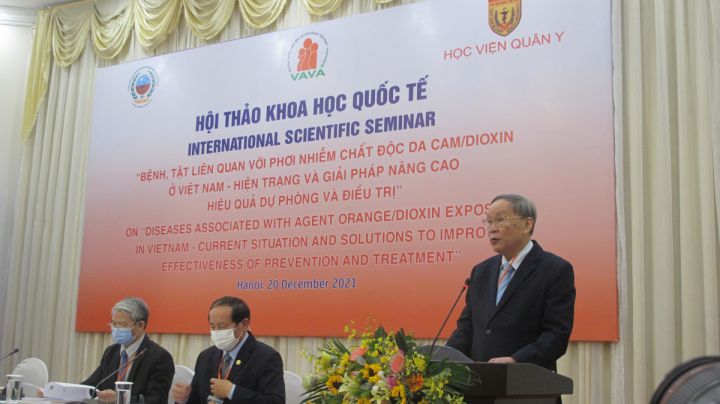


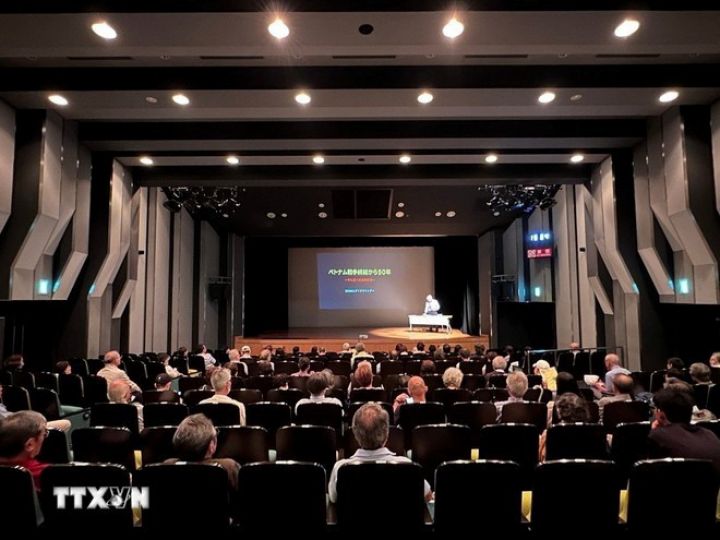


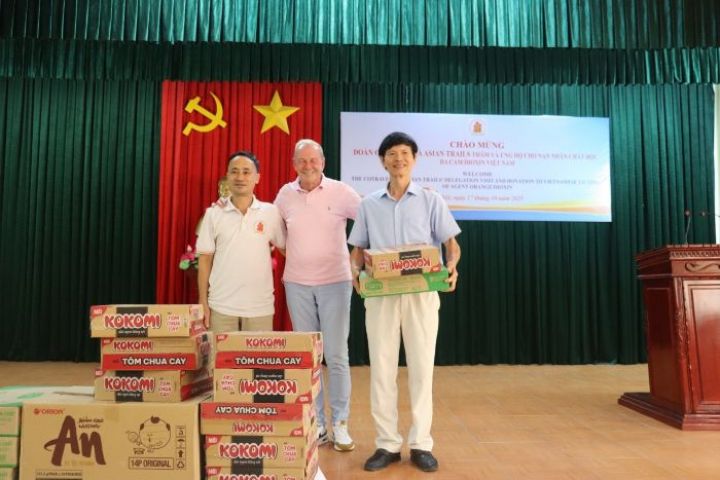












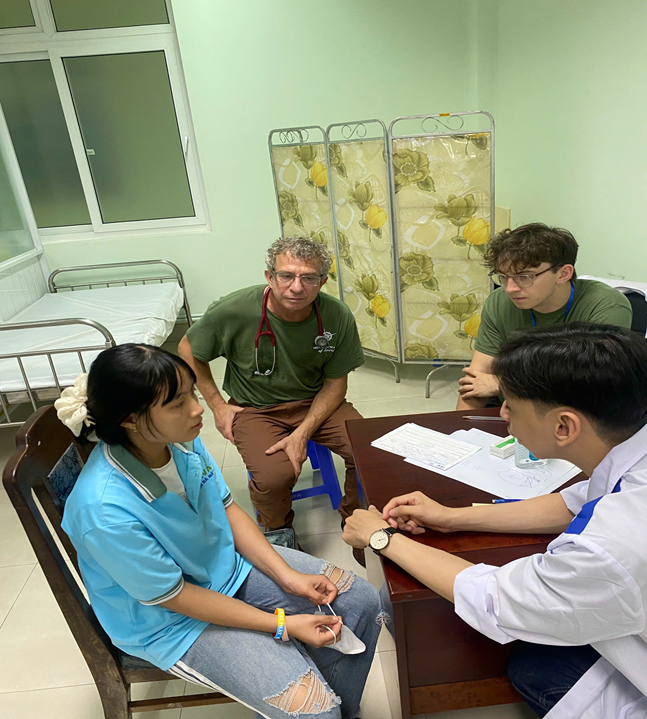
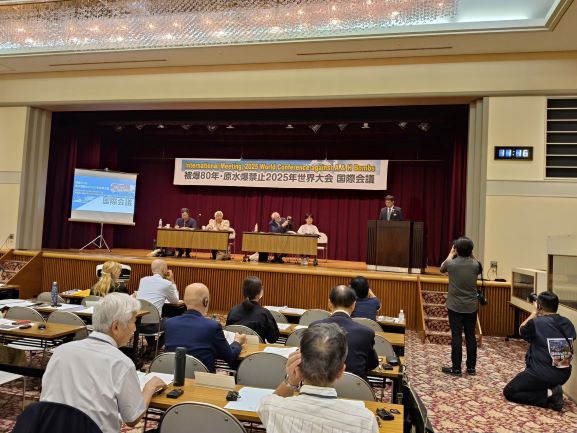
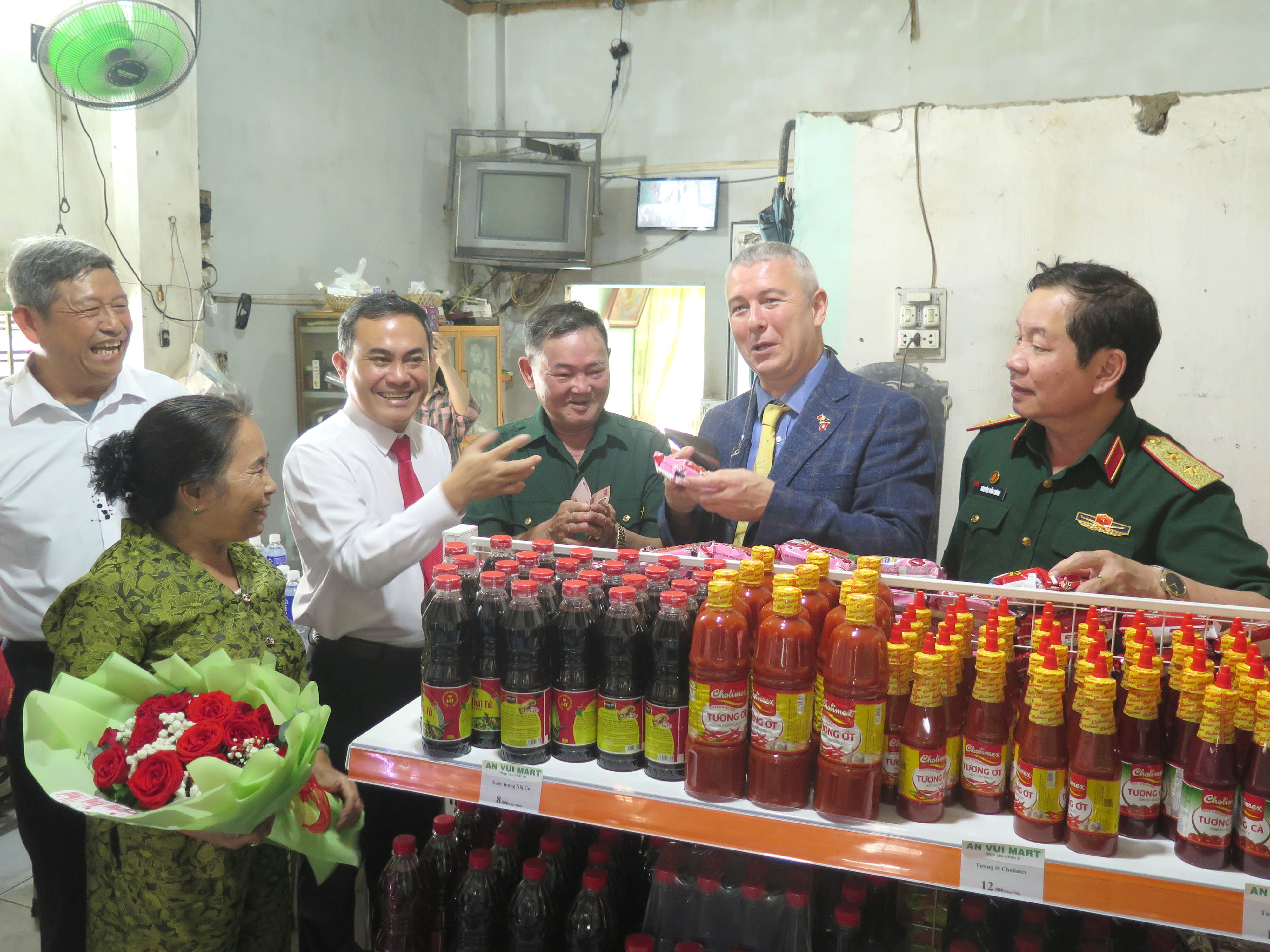


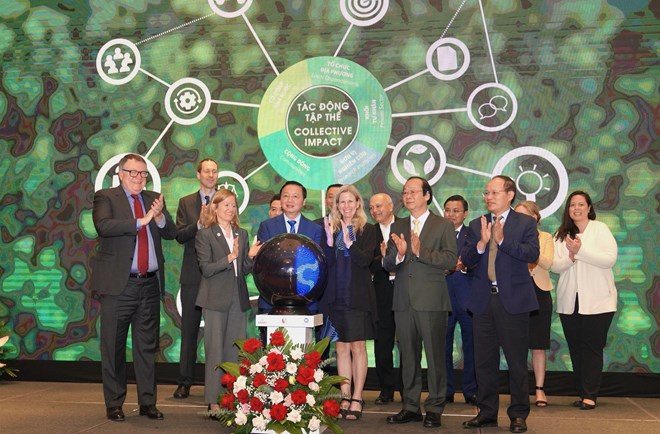




.jpg)
Comment